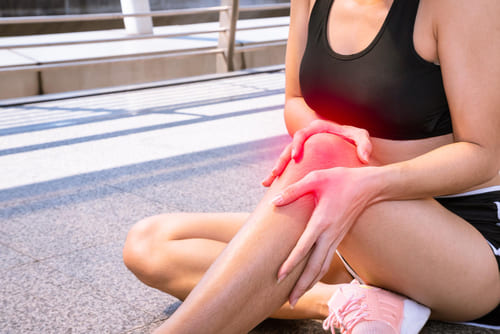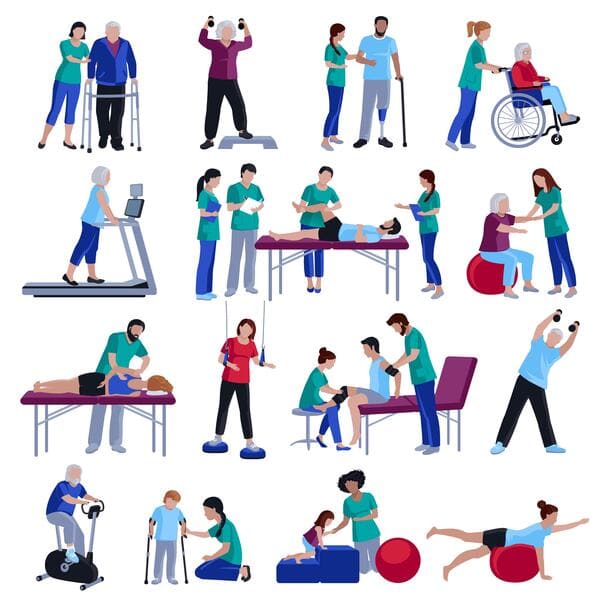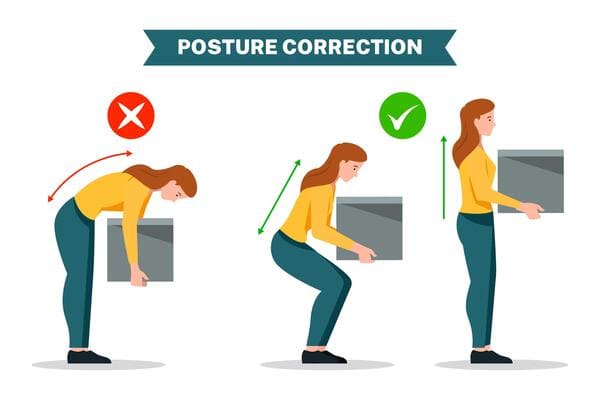A slipped disc, also known as a herniated or prolapsed disc, is a condition that affects the spine. It occurs when the soft, jelly-like centre of a spinal disc protrudes through a tear in the disc’s tough outer layer. This can pressure nearby nerves, causing pain, numbness, or weakness in the affected area. Slipped discs are a common spinal problem affecting people of all ages, although they are more common in adults aged 35-55.

Causes of Slipped Disc
The causes of slipped discs are varied and can range from traumatic injuries to degenerative changes in the spine. Some common causes of slipped discs include:
Ageing: As we age, the discs in our spine lose their water content, making them less flexible and more prone to tearing or rupturing.
Trauma: A sudden, forceful impact to the spine, such as a fall or car accident, can cause a disc to slip.
Poor posture: Maintaining poor posture for extended periods, such as sitting at a desk, can put excessive pressure on the discs in the spine.
Repetitive strain: Repetitive motions, such as lifting heavy objects or twisting the spine, can cause disc wear and tear over time.
Symptoms of Slipped Disc
The slipped disc symptoms depend on the location and severity of the herniation. Common symptoms include:
Pain may be felt in the back, neck, or legs. It may be dull or sharp and may worsen with movement.
Numbness or tingling: Numbness or tingling may be felt in the arms, hands, legs, or feet.
Weakness: Weakness in the muscles of the affected area may occur, making it difficult to perform certain activities.
Loss of bladder or bowel control: In severe cases, a slipped disc may compress the nerves that control bladder and bowel function, leading to incontinence.


Treatments for Slipped Disc
The treatment for a slipped disc depends on the severity of the herniation and the symptoms experienced. Some common treatments include:
Rest: Resting the affected area can help reduce pain and inflammation.
Medications: Nonsteroidal anti-inflammatory drugs (NSAIDs) or muscle relaxants may be prescribed to help reduce pain and inflammation.
Physical therapy: Physical therapy may be recommended to help strengthen the muscles of the affected area and improve mobility.
Injections: Injections of corticosteroids may be used to reduce inflammation and pain.
Surgery: In severe cases, surgery may be necessary to remove the herniated disc and relieve pressure on the nerves.
Prevention of Slipped Disc
While not all cases of slipped discs can be prevented, some steps can be taken to reduce the risk of developing a herniation, including:
Maintaining a good posture: Maintaining good posture when sitting or standing can help reduce pressure on the discs in the spine.
Regular exercise can help strengthen the back muscles and improve flexibility.
Lifting correctly: Lifting heavy objects with proper technique can help prevent strain on the back.
Quitting smoking: Smoking can increase the risk of developing a slipped disc by reducing blood flow to the spinal discs.

Slipped discs are a common spinal problem that can cause pain, numbness, and weakness in the affected area. While not all cases can be prevented, steps can be taken to reduce the risk of developing a herniation.
